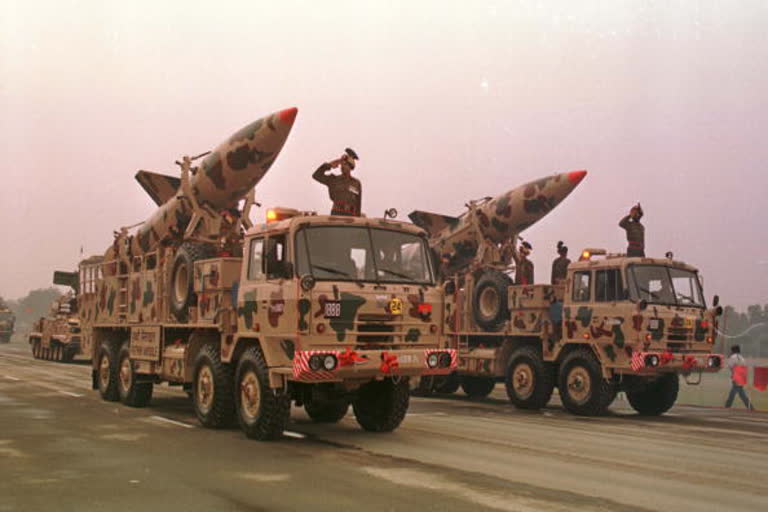Mumbai: India’s armed forces have been in the limelight in the wake of Balakot air strikes and escalated tensions along the Indian borders with Pakistan. The Union Government led by a party with nationalist sentiments, which is known for largely backing the armed forces is getting ready to present its first budget in its new term.
It will be of great interest to see the nature, composition and direction of allocations to be made for the defence sector in this budget. Expectations are at its peak with the present finance minister as she was also the former defence minister, who would be having first-hand information of the issues and concerns confronted by India’s defence sector.
India's spending ondefencesector
India’s defence budget crossed Rs 3 lakh crores in the interim budget presented by the NDA-1 government, which was 6.96 per cent higher than the last year’s revised estimates. However as the new finance minister goes to present the budget, it is pertinent to remember that India spends less than 1.5 per cent of its GDP on defence. This is less than what China (2.5 per cent) and Pakistan (3.5 per cent) spend.
Impact of rising inflation and increasing exchange rate volatility
On the other hand in the wake of rising inflation and increasing exchange rate volatility, the amount that is to be spent on the acquisition of weapons and other military equipment would be actually lesser than what it is needed. The past committed liabilities will also have their share in the allocations and hence consume the budgetary allocations to a major extent.
In addition to this, the implementation of the One Rank One Pension, increased salaries under the Seventh Pay Commission, payments of pensions and arrears will be taking a toll on the allotted budget.
Need to boost defence spending
The policymakers need to consider these aspects during the allocations and further boost defence spending, by making bigger allocations to the defence sector, in the wake of the growing needs of the defence forces.
